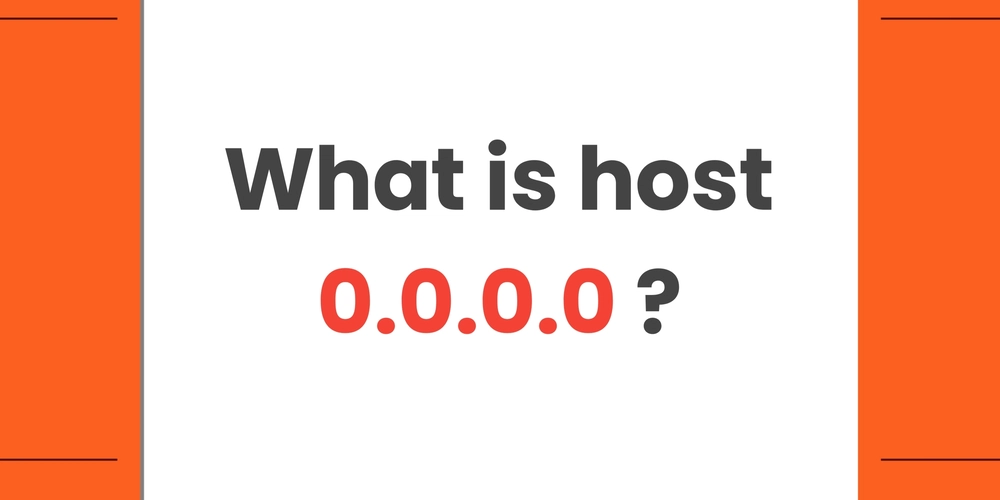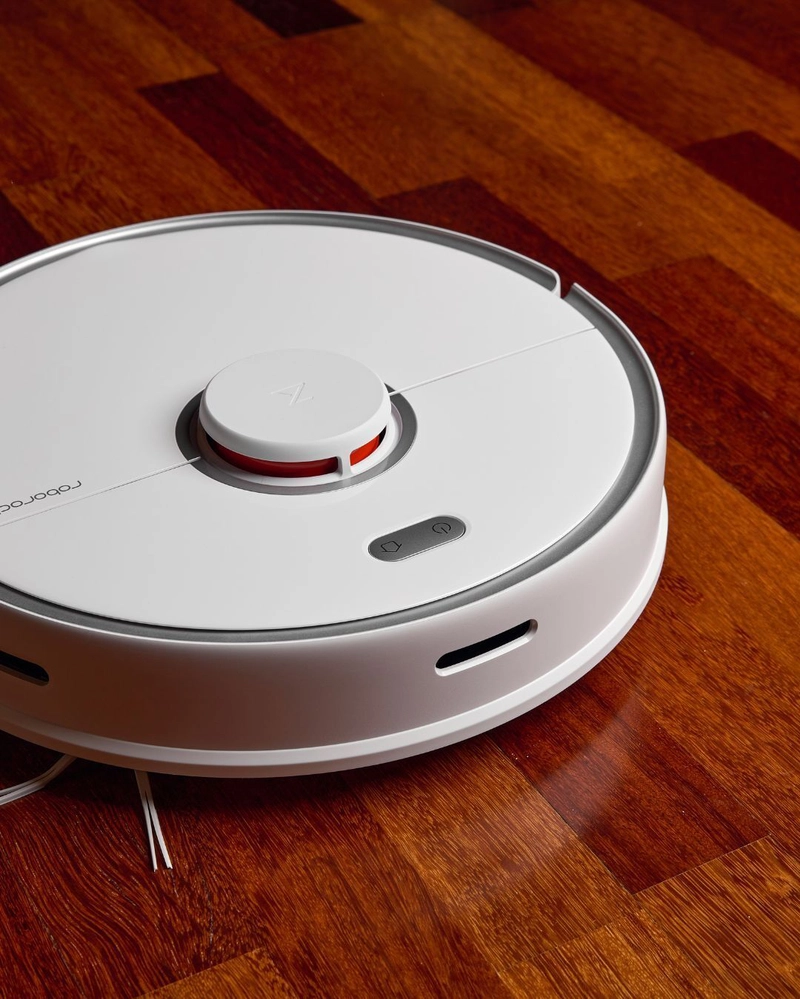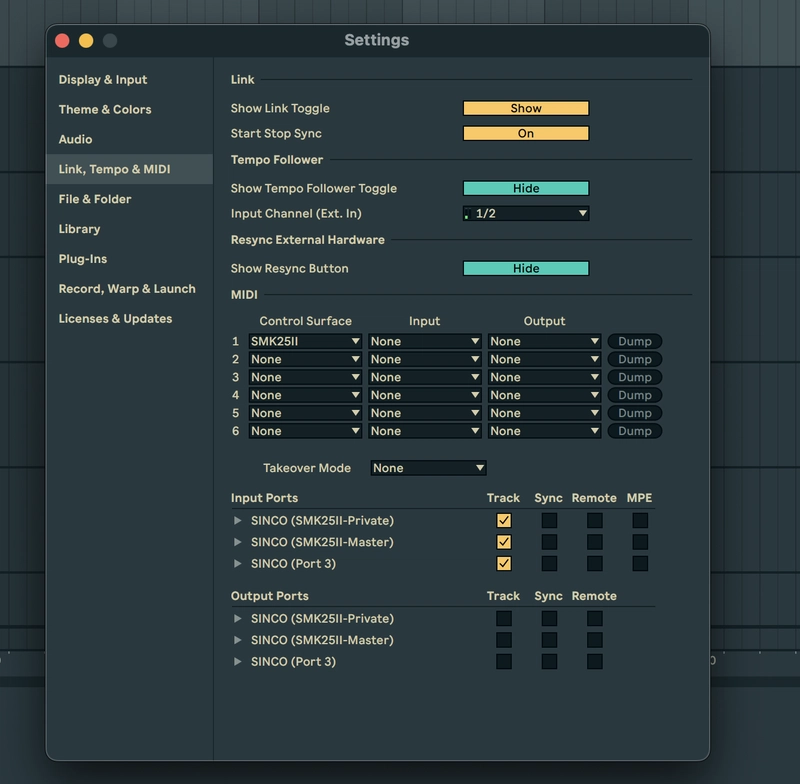3 Types of Chaos Experiments and How To Run Them
The primary objective of a Chaos Experiment is to uncover hidden bugs, weaknesses, or non-obvious points of failure in a system that could lead to significant outages, degradation of service, or system failure under unpredictable real-world conditions. What is a Chaos Experiment? A Chaos Experiment is a carefully designed, controlled, and monitored process that systematically introduces disturbances or abnormalities into a system’s operation to observe and understand its response to such conditions. It forms the core part of ‘Chaos Engineering’, which is predicated on the idea that ‘the best way to understand system behavior is by observing it under stress.’ This means intentionally injecting faults into a system in production or simulated environments to test its reliability and resilience. This practice emerged from the understanding that systems, especially distributed systems, are inherently complex and unpredictable due to their numerous interactions and dependencies. The Components of a Chaos Engineering Experiment Hypothesis Formation. At the initial stage, a hypothesis is formed about the system’s steady-state behavior and expected resilience against certain types of disturbances. This hypothesis predicts no significant deviation in the system’s steady state as a result of the experiment. Variable Introduction. This involves injecting specific variables or conditions that simulate real-world disturbances (such as network latency, server failures, or resource depletion). These variables are introduced in a controlled manner to avoid unnecessary risk. Scope and Safety. The experiment’s scope is clearly defined to limit its impact, often called the “blast radius.” Safety mechanisms, such as automatic rollback or kill switches, are implemented to halt the experiment if unexpected negative effects are observed. Observation and Data Collection. Throughout the experiment, system performance and behavior are closely monitored using detailed logging, metrics, and observability tools. This data collection is critical for analyzing the system’s response to the introduced variables. Analysis and Learning. After the experiment, the data is analyzed to determine whether the hypothesis was correct. This analysis extracts insights regarding the system’s vulnerabilities, resilience, and performance under stress. Iterative Improvement. The findings from each chaos experiment inform adjustments in system design, architecture, or operational practices. These adjustments aim to mitigate identified weaknesses and enhance overall resilience.

The primary objective of a Chaos Experiment is to uncover hidden bugs, weaknesses, or non-obvious points of failure in a system that could lead to significant outages, degradation of service, or system failure under unpredictable real-world conditions.
What is a Chaos Experiment?
A Chaos Experiment is a carefully designed, controlled, and monitored process that systematically introduces disturbances or abnormalities into a system’s operation to observe and understand its response to such conditions.
It forms the core part of ‘Chaos Engineering’, which is predicated on the idea that ‘the best way to understand system behavior is by observing it under stress.’ This means intentionally injecting faults into a system in production or simulated environments to test its reliability and resilience.
This practice emerged from the understanding that systems, especially distributed systems, are inherently complex and unpredictable due to their numerous interactions and dependencies.
The Components of a Chaos Engineering Experiment
Hypothesis Formation. At the initial stage, a hypothesis is formed about the system’s steady-state behavior and expected resilience against certain types of disturbances. This hypothesis predicts no significant deviation in the system’s steady state as a result of the experiment.
Variable Introduction. This involves injecting specific variables or conditions that simulate real-world disturbances (such as network latency, server failures, or resource depletion). These variables are introduced in a controlled manner to avoid unnecessary risk.
Scope and Safety. The experiment’s scope is clearly defined to limit its impact, often called the “blast radius.” Safety mechanisms, such as automatic rollback or kill switches, are implemented to halt the experiment if unexpected negative effects are observed.
Observation and Data Collection. Throughout the experiment, system performance and behavior are closely monitored using detailed logging, metrics, and observability tools. This data collection is critical for analyzing the system’s response to the introduced variables.
Analysis and Learning. After the experiment, the data is analyzed to determine whether the hypothesis was correct. This analysis extracts insights regarding the system’s vulnerabilities, resilience, and performance under stress.
Iterative Improvement. The findings from each chaos experiment inform adjustments in system design, architecture, or operational practices. These adjustments aim to mitigate identified weaknesses and enhance overall resilience.




































































![Apple to Shift Robotics Unit From AI Division to Hardware Engineering [Report]](https://www.iclarified.com/images/news/97128/97128/97128-640.jpg)
![Apple Shares New Ad for iPhone 16: 'Trust Issues' [Video]](https://www.iclarified.com/images/news/97125/97125/97125-640.jpg)















![Hands-on: Motorola’s new trio of Razr phones are beautiful, if familiar vessels for AI [Gallery]](https://i0.wp.com/9to5google.com/wp-content/uploads/sites/4/2025/04/motorola-razr-2025-family-9.jpg?resize=1200%2C628&quality=82&strip=all&ssl=1)
![The big yearly Android upgrade doesn’t matter all that much now [Video]](https://i0.wp.com/9to5google.com/wp-content/uploads/sites/4/2025/04/Android-versions-1.jpg?resize=1200%2C628&quality=82&strip=all&ssl=1)





























































































_NicoElNino_Alamy.png?width=1280&auto=webp&quality=80&disable=upscale#)




















































































![[The AI Show Episode 144]: ChatGPT’s New Memory, Shopify CEO’s Leaked “AI First” Memo, Google Cloud Next Releases, o3 and o4-mini Coming Soon & Llama 4’s Rocky Launch](https://www.marketingaiinstitute.com/hubfs/ep%20144%20cover.png)















































































































































![[DEALS] Sterling Stock Picker: Lifetime Subscription (85% off) & Other Deals Up To 98% Off – Offers End Soon!](https://www.javacodegeeks.com/wp-content/uploads/2012/12/jcg-logo.jpg)
































.jpg?#)




























































